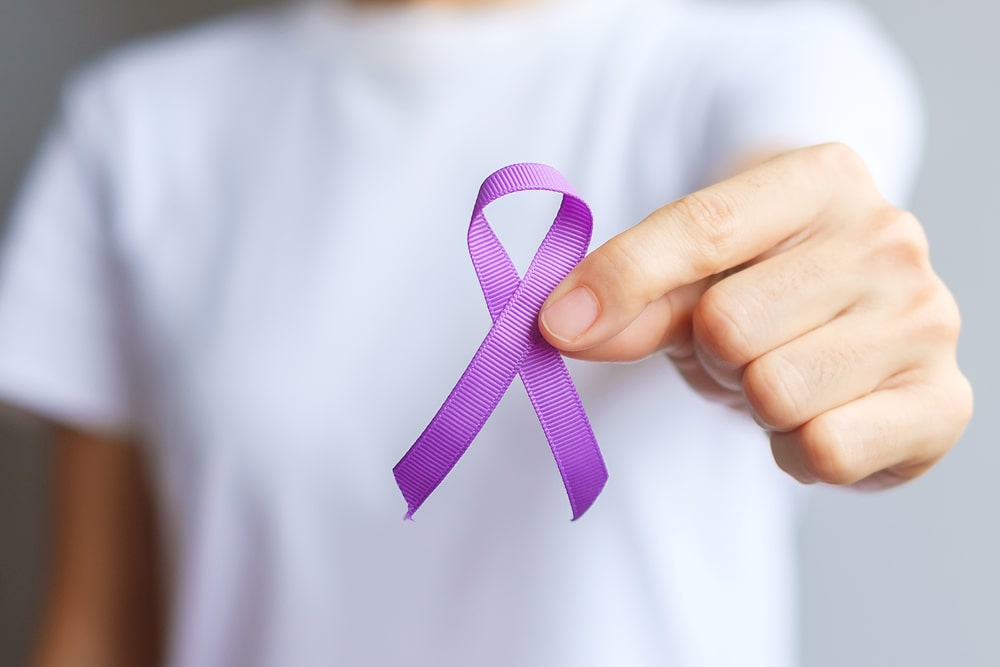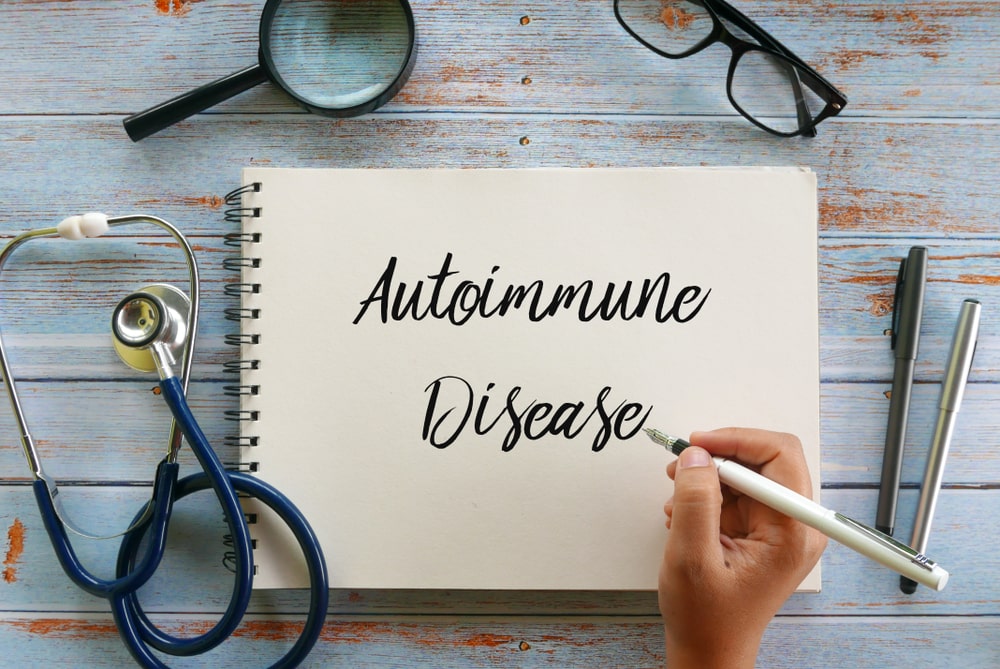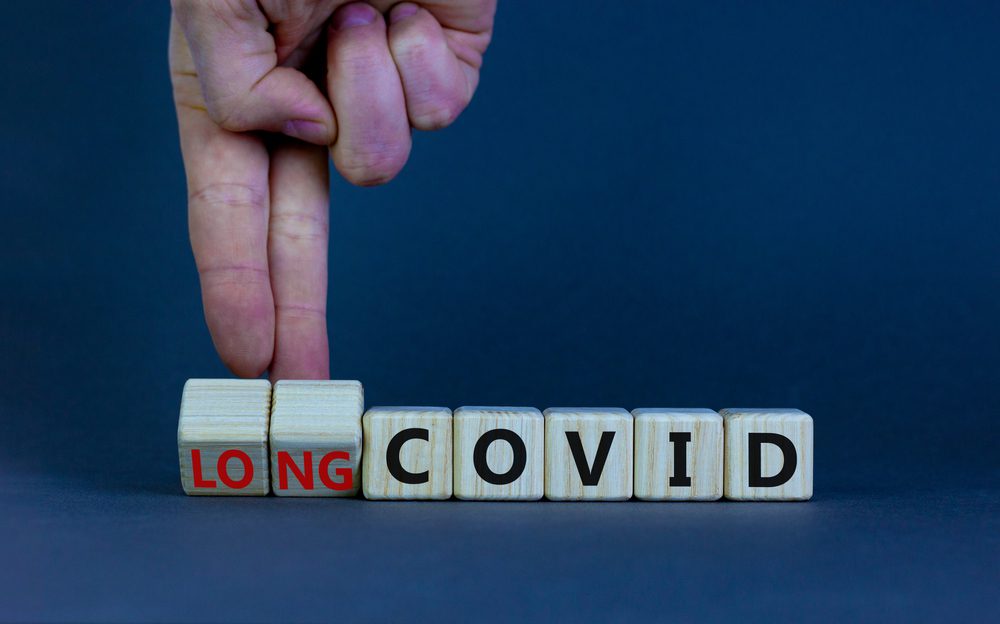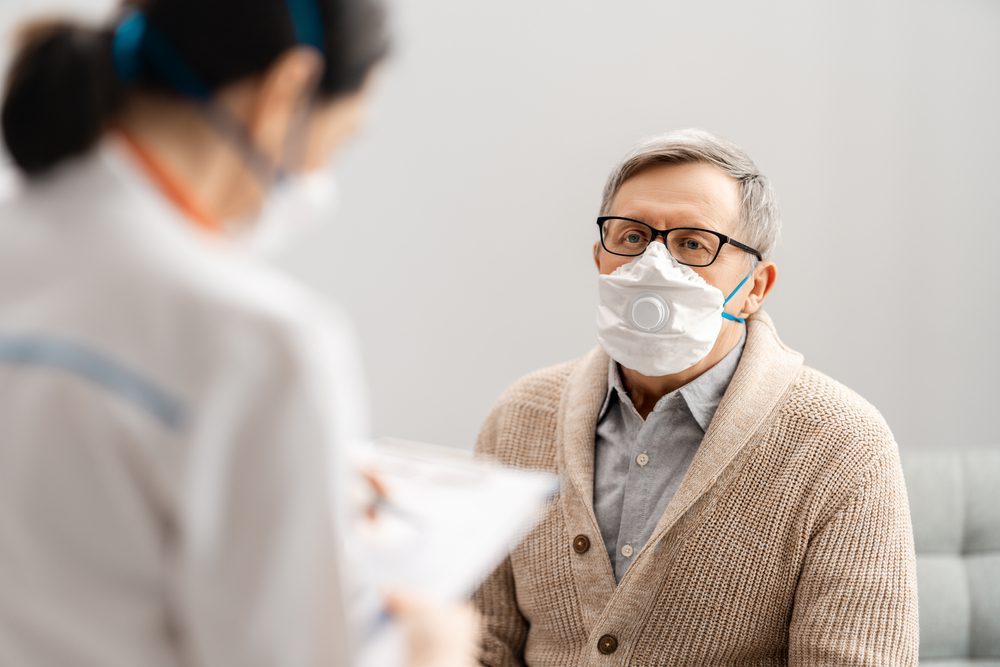Discover the Sarcoidosis signs no one warns you about!
Sarcoidosis, though poorly understood, hides in plain sight, usually masquerading as a common ailment. That’s why Healthy Reads is about to unravel its secrets.
Just imagine: you’re out for the day, feeling fine, when suddenly, oddly random symptoms overtake you. Fatigue? Check. Persistent cough? Yup. Skin rashes? Now that you mention it… These could all be tell-tale Sarcoidosis signs, silently signaling an underlying issue.
But don’t worry! We’ll delve into the mysterious realm of the most common Sarcoidosis signs, shedding light on what to watch for and, more importantly, how to fight them.
We’ll also talk about effective treatment methods so you can be armed with the tools to navigate this journey confidently. Let’s uncover the shocking Sarcoidosis signs hiding in plain sight.
…Continue reading to discover the 10 Sarcoidosis signs and strategies to tackle this perplexing condition head-on.

But first…What exactly IS Sarcoidosis?
Sarcoidosis is essentially when your immune system overreacts, causing white blood cells to develop inflamed tissue or granuloma clusters. Granulomas most commonly affect the lymph nodes and lungs.
But Sarcoidosis can affect any organ, including your skin, eyes, heart, and nervous system. To be clear: It’s a pretty rare disease. Research estimates fewer than 200,000 cases yearly in the US. Sadly, in severe cases, this disease can be life-threatening.
What causes it?
The exact cause of sarcoidosis is unexplored. However, race, gender, and genetics can increase the risk of developing this condition. To be more specific:
-People of African American descent are 3 times more likely to develop it than caucasian people. They’re also more likely to have a severe form of the disease.
-People with a family history of it have a significantly higher risk of getting this disease.
-It’s more common in women than in men.
How is it diagnosed?
It can be challenging to diagnose sarcoidosis. Symptoms can be like those of other diseases, like cancer or arthritis. Your physician will run a variety of tests to make a diagnosis. They’ll first perform a physical examination to:
-Listen to your lungs and heart
-Check for an enlarged spleen or liver
-Check for skin bumps or rashes
-Look for swollen lymph nodes
Based on the results, your doctor might order additional diagnostic tests, including:
-Blood tests to inspect your liver and kidney function.
-A chest X-ray to check for granulomas and swollen lymph nodes.
-A lung function test to help determine whether your lung capacity has become impacted.
-A chest CT scan to take cross-sectional pictures of your chest.
-A biopsy to take a sample of tissue that can be checked for granulomas.
Sarcoidosis Symptoms
There are 9 kinds of sarcoidosis, each affecting a different body part. The symptoms of sarcoidosis will vary depending on where in the body granulomas have begun.
However, all forms of the disease can show similar symptoms. Sometimes, individuals with the condition will be asymptomatic, making sarcoidosis difficult to diagnose. Keep reading to learn about the 9 Sarcoidosis signs.
Lung Sarcoidosis Signs
The symptoms of pulmonary sarcoidosis won’t appear in everyone with the condition and will vary depending on the severity of the disease. Sarcoidosis affects the lungs in 90% of all cases.
Approximately 10% to 20% of people with sarcoidosis will develop treatment-resistant pulmonary diseases like pulmonary hypertension and pulmonary fibrosis, which are the most significant causes of death from sarcoidosis. The most common signs include:
-Shortness of breath that worsens with activity
-Wheezing
-Persistent dry cough
-Chest pain
Other symptoms that aren’t connected to the lungs but can arise in pulmonary sarcoidosis are:
-Night sweats
-Joint and bone pain
-Fatigue
-Fever
-Weight loss
-Skin rash or pigmentation changes on the skin
-Swollen lymph nodes
-Eye inflammation with blurred vision, pain, burning, and light sensitivity
Musculoskeletal Sarcoidosis Signs
We must mention that it’s rare for sarcoidosis to affect your musculoskeletal system. But when it does, it can lead to:
Bone loss
Inflammatory arthritis
Soft tissue swelling
Cardiac Sarcoidosis Signs
When granulomas develop in the heart, it’s called cardiac sarcoidosis. This is the second leading cause of death from sarcoidosis, which is generally caused by ventricular arrhythmia or heart block. The primary symptoms of cardiac sarcoidosis include:
-Dizzy spells
-Heart block
-Chest pain
-Enlargement of the right side of the heart
-Palpitations
-Arrhythmias
-Cardiomyopathy
-Dysrhythmias
Neurosarcoidosis Sarcoidosis Signs
This kind of sarcoidosis is chronic and involves the central nervous system, which includes the spinal cord, brain, and optic nerve. Symptoms generally include:
-Hearing loss
-Vision loss
-Weakness of the facial muscles on one side of the face

Liver Sarcoidosis Signs
Hepatic sarcoidosis appears in the liver. The liver can become enlarged, and individuals with this sort of sarcoidosis will have cirrhosis or irregular liver tests.
Eye Sarcoidosis Signs
Ocular sarcoidosis can lead to uveitis, eye inflammation that can cause eye pain and even vision loss. Ocular/eye sarcoidosis can show in the following symptoms:
-Cataracts
-Blurred vision
-Dry eyes
-Teary eyes
-Light sensitivity
-Blindness
-Glaucoma
Renal Sarcoidosis Signs
When granulomas form in a person’s kidneys, complications can occur. This can lead to the following:
-Kidney stones made up of calcium
-In severe cases, kidney failure can occur
Skin Sarcoidosis Signs
The skin symptoms of sarcoidosis can appear in the form of:
-Hair loss
-Painful or tender skin
-Reddish bumps or patches
-Plaques or patches without color
-Swelling and pain in your joints
-Purple lesions on the nose, cheeks, lips, and ears, known as Lupus pernio
-Skin nodules
General Sarcoidosis Signs
The typical symptoms of sarcoidosis are nonspecific and can sometimes be confused with those of other illnesses. The most common symptoms of sarcoidosis can initially include:
-Weight loss
-Fatigue
-Joint pain and swelling
-Swollen lymph nodes
Treatment for Sarcoidosis Signs
There isn’t a cure for sarcoidosis. But the condition sometimes resolves itself without any medical attention. For those needing treatment, the severity of symptoms will be the deciding aspect of the treatment used.
Let’s look at medications first. And then we’ll discuss other possible treatments:
Medications
If a case of sarcoidosis is exceptionally severe, medication will likely be prescribed to help fight symptoms and stall the progression of the condition. Some medications used in the treatment include:
-Corticosteroids or prednisone: Helps slow down the immune system, reducing inflammation
-Antimalarials: Help with joint and skin symptoms
-Corticotropin: Helps the body create natural steroid hormones
-Methotrexate: Suppresses the immune system
-TNF inhibitors: Help with inflammation
-Non-steroidal anti-inflammatory drugs: Help relieve arthritic symptoms and reduce inflammation
Other Treatments
The treatments may vary depending on what part of your body is affected. Some possible therapies for more advanced stages of sarcoidosis can include:
-Eye care if your eyes are affected.
-Physical rehab to help repair lung function and alleviate fatigue.
-Physical therapy to slow joint damage and help improve muscle.
-Organ transplantation if the organ affected is severely damaged.

What’s the outlook for someone suffering from this disease?
The outlook is generally good for those with sarcoidosis. Many individuals live relatively healthy and active lives. Symptoms usually improve with or without treatment in approximately 2 years.
In some cases, though, sarcoidosis can become a long-term condition. If you need help managing, you can join a sarcoidosis support group or speak with a psychotherapist.
To learn more, check out this fantastic read from Amazon: The Just Diagnosed Guide: Sarcoidosis
We hope this article has helped shed some light on the matter. Please feel free to share your thoughts with us in the comments below.
Meanwhile, Healthy Reads has lots of useful advice for you. For instance, you might want to read about 4 Acupuncture Benefits for Arthritis You MUST Know About

























